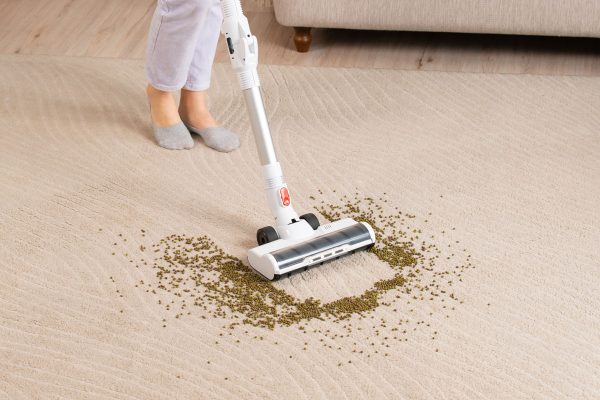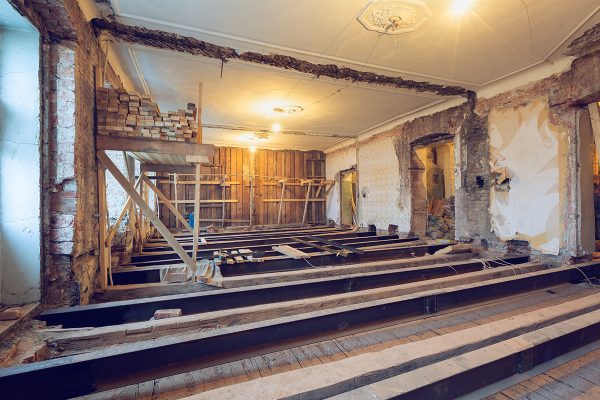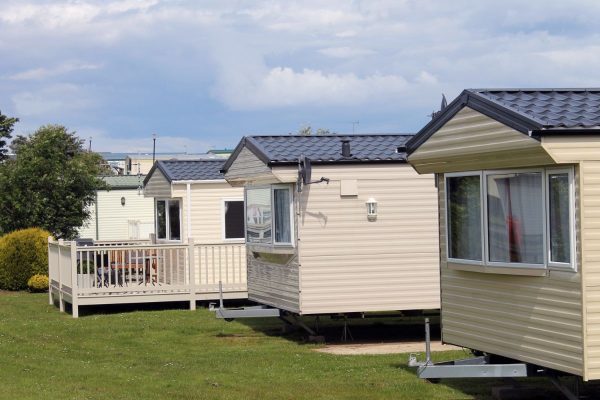Whether you're looking to install new floorboards or fix existing ones, you might wonder if you should use screws or nails to hold them in place. We have researched the answer to your question and it turns out that the answer to this question is a universally-accepted dogma regardless of what type of floorboards you have.
Nails are great short-term solutions because they don't hold as tightly as screws. Nails tend to loosen over time and when that happens they are often too weak to hold the boards up. When they loosen, they can even come off the boards entirely. On the other hand, screws provide a much stronger grip than nails. Screws pull down the board much tighter than nails without losing their grip over time.
Choosing nails or screws can be a tricky process, especially if you are not experienced in installing floorboards. Luckily, we have put together a detailed guide that covers all the basics you'll need to know. Keep reading to learn more!

Types Of Floorboards
Floorboard installation is a very important part of any home remodeling project. It has to be done correctly to ensure that your flooring stays in place and doesn't shift around.
We have compiled a list of what types of floorboards are out there and what fasteners you should use when installing them.
1. Bamboo floorboards

While bamboo flooring is a great option for people who love the look of hardwood flooring but do not want the environmental impact or maintenance required with traditional hardwood, there are still a few things you need to consider before you buy.
When buying bamboo flooring, there are many factors to take into consideration, including the style, color, finish, and thickness of the floor. As a general rule, bamboo flooring is a good choice if you are looking to add a warm and earthy look to your home.
Bamboo flooring comes in a variety of styles and finishes, so you will have a wide range of options to choose from. Some of the most popular styles include solid bamboo boards, bamboo boards with a wood-look finish, bamboo plank flooring, and bamboo tiles.
Colors and finishes also vary depending on the type of bamboo flooring you choose. The natural color of bamboo is light gold, but it can be dyed to different shades of grey, black and brown. It can also be sealed to make it more resistant to moisture.
There are many options when it comes to bamboo flooring. With a little research, you can find a bamboo flooring option that fits your needs and your budget.
Best fastener to use for bamboo floorboards
It's okay to use either nails or screws for bamboo floorboards. You won't run the risk of splitting or cracking using any of these fasteners as long as the thickness of the bamboo is at least 18 mm.
2. Engineered floorboards
An engineered hardwood floor is a composite product made of timber, a protective layer, and a wood substrate. These floorboards are made up of a series of layers, with a layer of solid wood in between each layer. Each of these layers is designed to protect the next one and make the floor last longer.
The top layer is a coating that protects the external finish of the material. The core layer is a real timber veneer that's bonded to the top and bottom layers. The bottom layer is a slab of plywood that's also bonded to the core layer.
Engineered hardwood flooring can be both beautiful and cost-effective, but it can be complicated to install. However, this type of flooring is durable and easy to maintain, and it can last for decades.
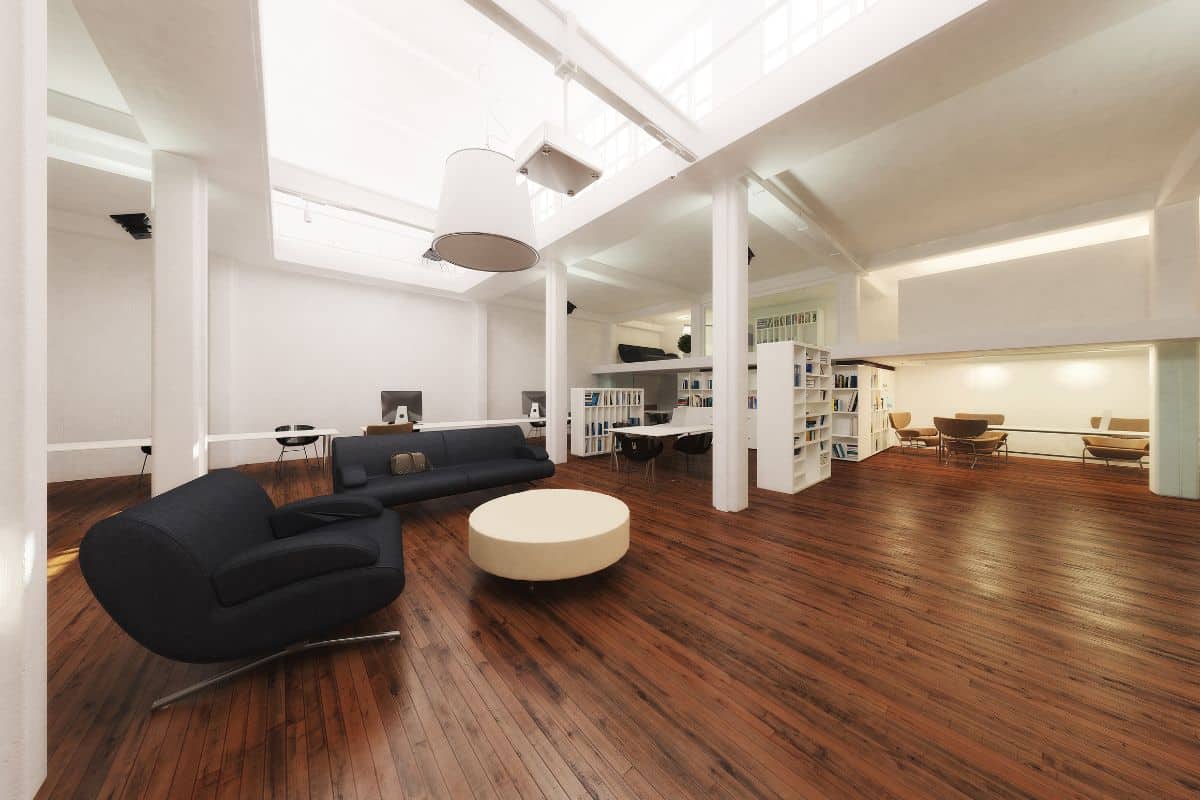
Best fastener to use for engineered boards
As for nailing versus screwing, engineered wood flooring should be nailed for optimum stability. While you can certainly use screws, they can weaken the flooring and leave the surface vulnerable to cracking.
This is especially true when moisture penetrates the wood because the tightness of the screws restricts the natural contraction and expansion of the wood.
3. Hybrid floorboards
If you're thinking about installing hybrid flooring in your home, you should know that hybrid flooring is a combination of laminate and vinyl.
Vinyl is a popular flooring choice because it's easy to install and has a strong, long-lasting finish. Laminate is a popular choice for homeowners who want a tough flooring option that doesn't take a lot of time or money to install.
Hybrid flooring is a combination of the two. Vinyl provides the strength and durability of a flooring option. Laminate provides a more luxurious feel than vinyl. This makes hybrid flooring a great choice for homeowners looking for a durable floor that feels great.
Best fastener to use for hybrid floorboards
The fact that there is laminate material in a hybrid floorboard makes it a bad candidate for poking holes into it due to its fragile nature. However, you can slowly and gently screw it in place. The vinyl material should hold the entire piece together.
4. Laminate floorboards
Laminate flooring is a highly durable, low-maintenance flooring product that is often installed in high-traffic areas. It is available in many different styles and it's designed to look like wood without the maintenance issues associated with natural wood.
Laminate flooring is more resistant to moisture than other types of flooring. In addition, it can be refinished and repainted without harming the existing finish.
The lamination process fuses the layers with heat and pressure to create a hard surface. The different components are bonded together and a clear protective layer is added to help protect the final product.
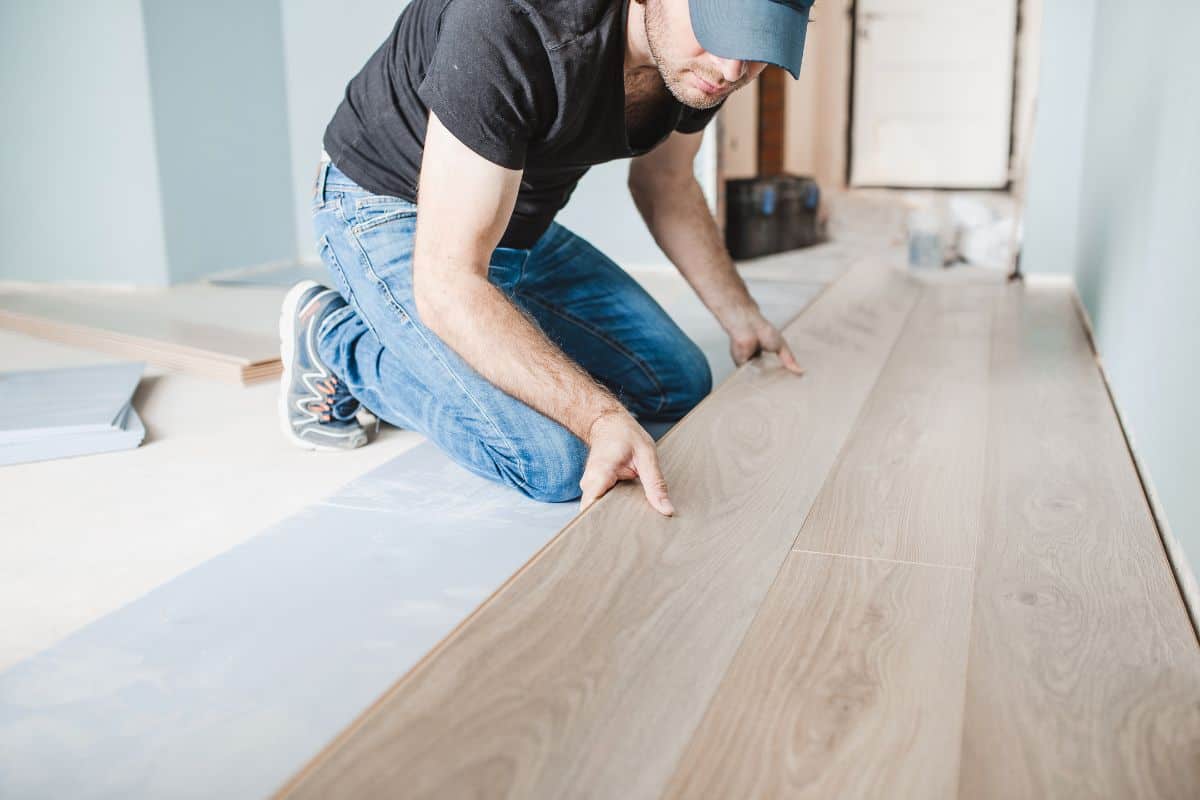
Best fastener to use for laminate floorboards
When choosing a laminate floorboard, choose the tongue and groove type. Avoid nailing or screwing laminate boards if you can!
The tongue and groove locking system on laminate floorboards ensures that the flooring boards will stay together when you're not standing on them.
Laminate flooring locking systems are comprised of two parts. One part is the tongue, the other part is the groove.
The tongue on laminate flooring is the piece that you would snap into the groove on another board. The groove is the edge that's going to be angled and locked into the other side of the board.
5. Timber floorboards
Timber flooring is often associated with a rustic and natural look. It is highly recommended for homes that are located in a rural area or for those who enjoy having a natural environment around them.
Timber flooring is an excellent choice for a home with high-traffic areas because of its inherent durability as wood.
One thing to know is that timber flooring needs to be well maintained. Otherwise, it may become damaged over time. The wood flooring must be sealed to protect against moisture. It also has to be cleaned regularly.
Best fastener to use for timber floorboards

Screws have better gripping power than nails when used in timber because the thread would snug on the wood fiber.
What Screw Size For Floorboards?
You want to make sure to use the right-sized screws. The length of the screw you choose depends on the thickness of your floorboards. The standard size screw for floorboards is 50 mm.
In addition to the length, you need to consider the diameter. The diameter of a screw is the width across the top of the head of the screw.
What Type Of Nail For Floorboards?
The best type of finishing nails to use is the 8D or 8-penny size. These are common nails used for flooring. This size of nail is appropriate for hardwood.
When using the 8D nails, you will want to predrill the nail holes first. It will avoid the possibility of splitting the floorboard.
If you are installing new flooring, you should also consider using a nail set. A nail set is a special tool that can be used to drive the nail into the joist without denting the nail.
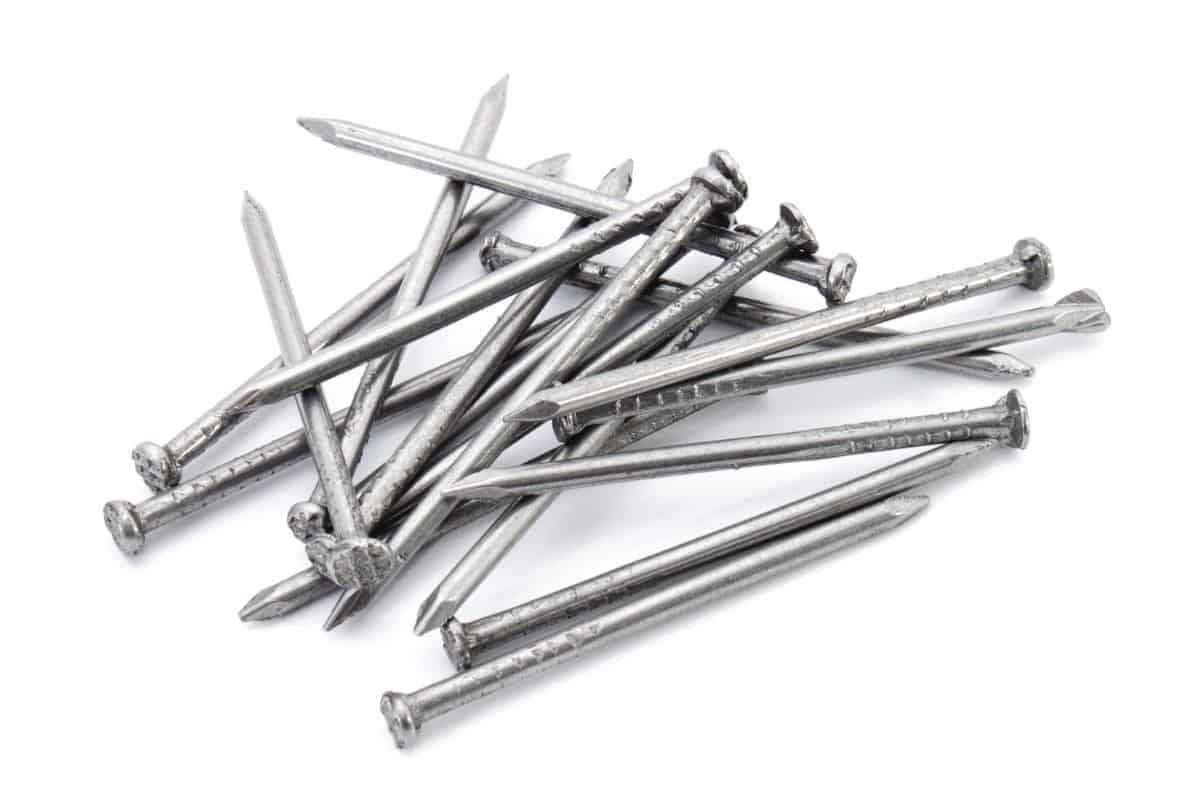
Floorboards Creaking Every Time Someone Steps On Them - What Could Be Wrong?
Creaking is a fairly common problem with flooring. It is caused by various factors, including uneven or loose subflooring, loose floorboards, and improper installation of flooring. Most times, the problem is easily fixable.
The first step in fixing a floor that has started to squeak is to check for loose boards. It's fairly common for floorboards to get loose due to expansion and contraction. Loose floorboards can also be caused by a shifting floor.
If loose floorboards are not the issue, then you may need to check the joints. These can be caused by too much weight being placed on the floor or by moisture seeping into the joints, causing them to lose their structural integrity.
If the joints are solid, then you might have a nail on the floor that needs to be fixed. This can happen for a number of reasons, such as the nail being too long or the nail having been improperly installed.
Here's a video showing how to fix a squeaking flooring:
In Closing
The next time you're choosing flooring for your home, you should make sure to choose the right type of fastener for the job. Whether you choose to use nails or screws, you'll want to take some time to make sure you get it right. You can now get started with your next DIY project, whether it is a simple fix to your existing home or a major renovation.

